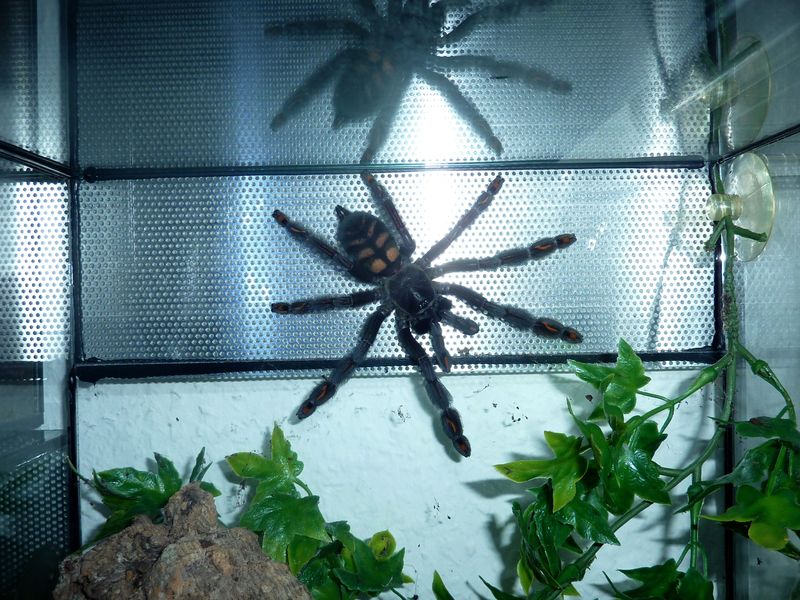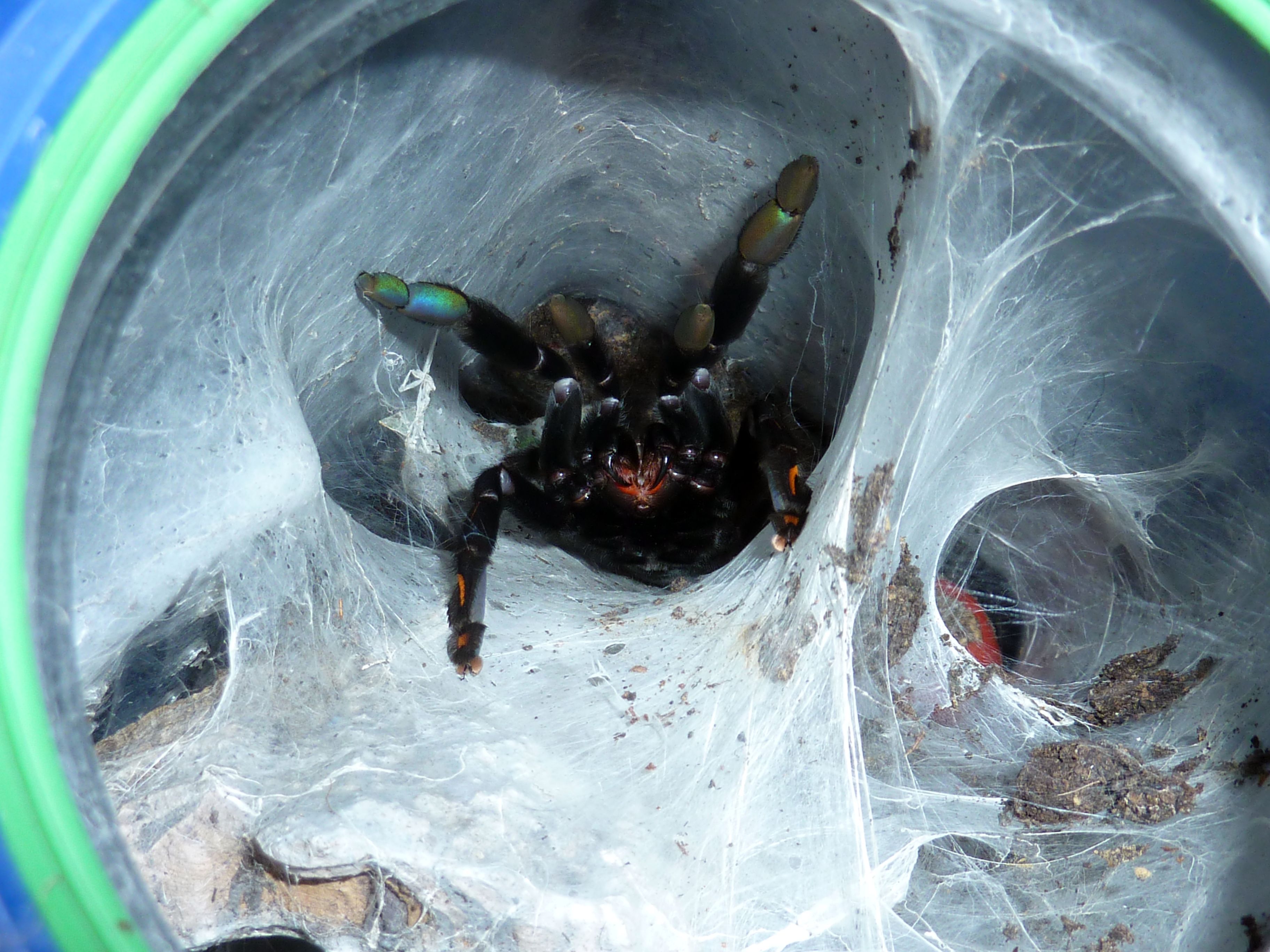dementedlullaby
Arachnobaron
- Joined
- May 8, 2014
- Messages
- 300
Hey Storm just wanted to say thanks. P. irminia are no doubt my favorite T. My little babies just got the lightning bolt front legs. Sigh, they grow up so fast XD. Loving raising them from a sling, sadly my last turned out to be an adult male who got eaten. But four babies so fingers crossed for one girl!
Again, thanks. Great thread.
Again, thanks. Great thread.



